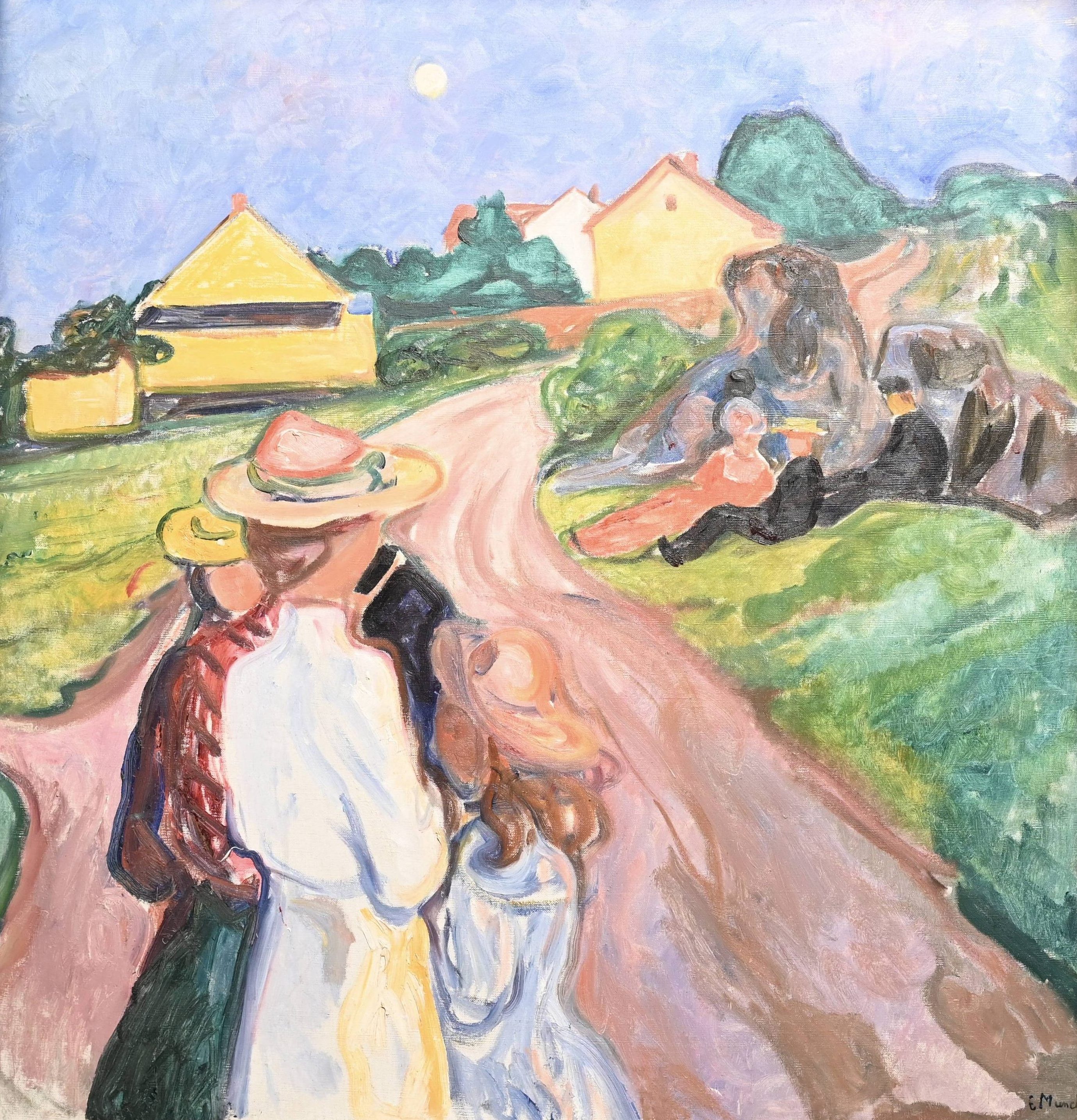
"There are collectors who acquire, and then there are those who believe. Leonard Lauder was among the rare few who treated collecting as both a vocation and vow. His devotion was not to ownership, but to preservationto the invisible covenant between humanity and beauty. He believed that within the curve of a brushstroke or the glint of a gilded edge lay proof of civilization's higher purpose. Every acquisition was an act of faith, a defense of aesthetic truth against the erosion of time."
"The forthcoming sale of the Leonard Lauder Collection at Sotheby's this fall, valued at more than $400 million, is not merely a market event. It is a moment of cultural renewala reminder that art, chosen with heart and precision, transcends fashion and finance alike. Lauder's trove of 55 masterworks bears the mark of a man who saw collecting as dialogue rather than display."
"At its center gleams Gustav Klimt's Portrait of Elisabeth Lederer (19141916), a hypnotic synthesis of desire, intellect, and transcendence. Klimt painted as if illuminating consciousness itself; his portraits shimmer with the tension between mind and ornament, sensuality and restraint. The painting expected to fetch over $150 million is one of the last full-length Klimt portraits remaining in private hands, a fragment of Vienna's golden twilight resurrected for a modern audience."
Leonard Lauder treated collecting as a vocation and vow focused on preservation and the covenant between humanity and beauty. The forthcoming Sotheby's sale of his collection is valued at more than $400 million and comprises 55 masterworks selected for cultural renewal rather than market display. Gustav Klimt's Portrait of Elisabeth Lederer (19141916) anchors the group and is expected to fetch over $150 million as one of the last full-length Klimt portraits in private hands. Henri Matisse's six bronzes, valued collectively at $30 million, convey rhythmic vitality and depth. Edvard Munch's Midsummer Night's Eve (circa 1901–1903) renders emotion as atmosphere.
Read at www.danspapers.com
Unable to calculate read time
Collection
[
|
...
]